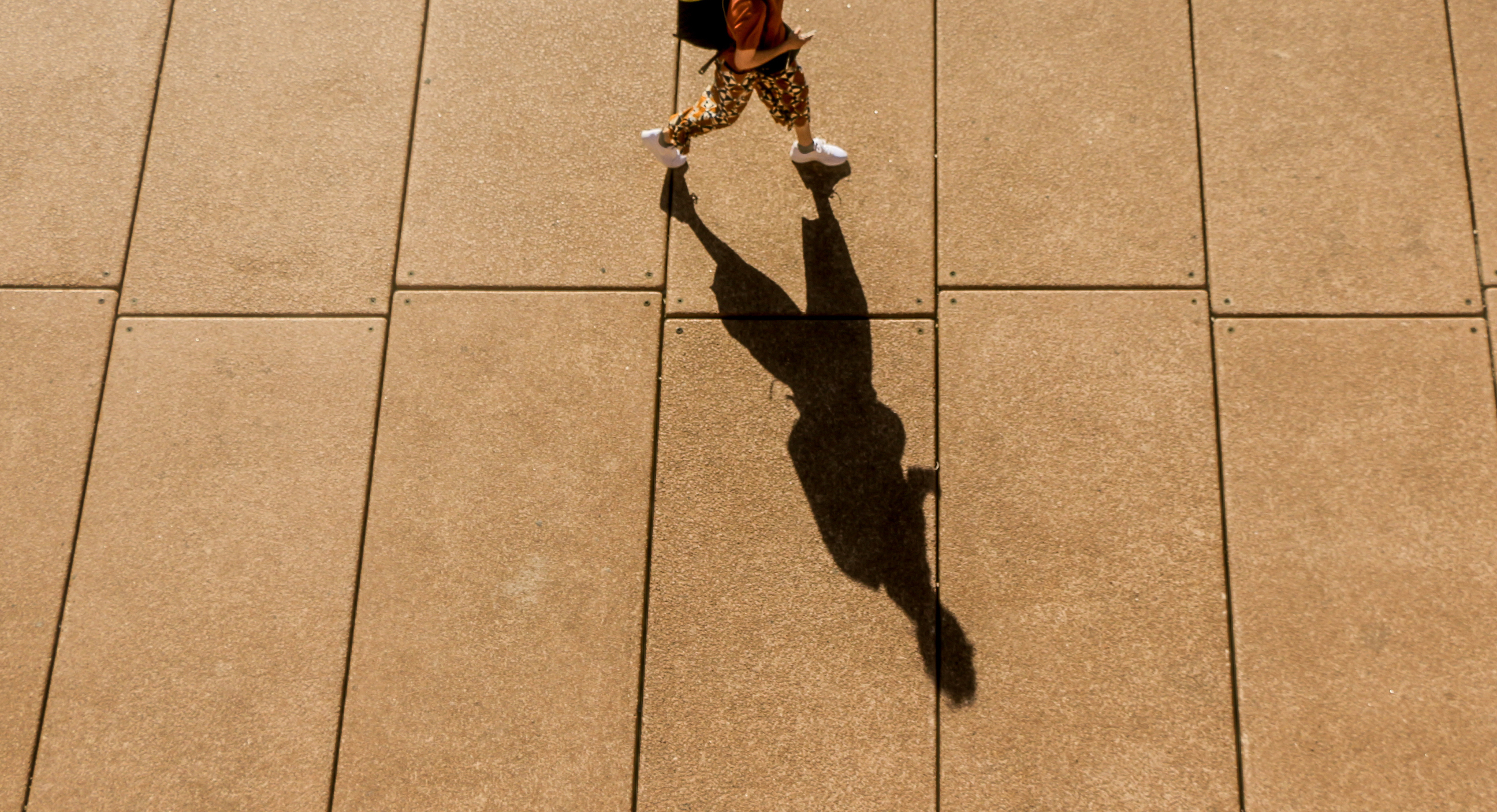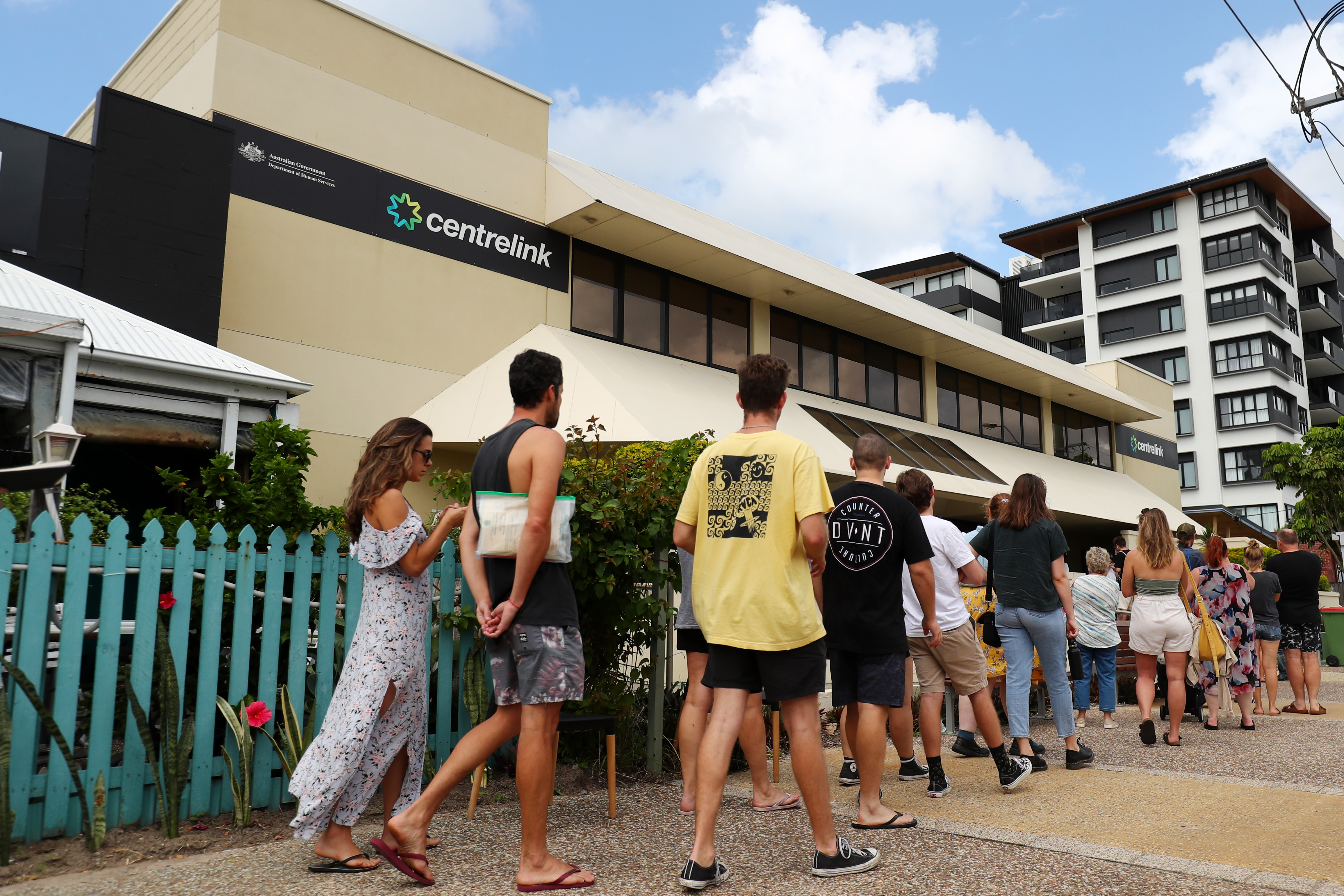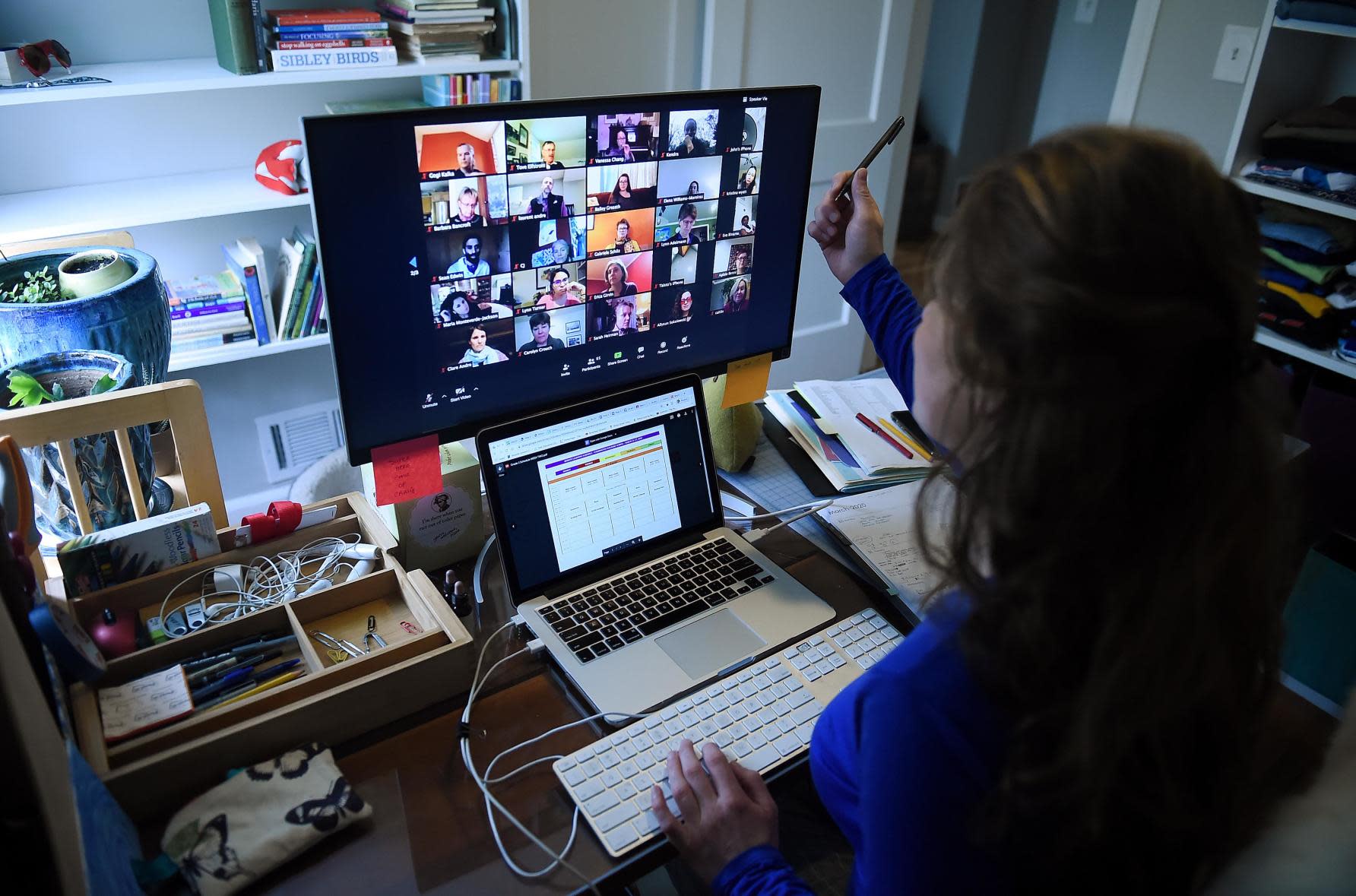
Business & Economics
Are you OK Australia?

Latest HILDA Survey shows it’s young workers most exposed to job losses, while poverty rates were edging higher before the COVID-19, it has made welfare policy critical to many Australians
Published 20 November 2020
The pandemic recession in Australia will hit hardest the young, as well as those who are relatively low-skilled and already earning low wages, suggests an analysis of data from the annual Household, Incomes and Labour Dynamics in Australia (HILDA) Survey of over 17,000 Australians.
While the data is based in 2018 surveys, researchers are able to use it to build a picture of those Australians most vulnerable to widespread job losses based on the industries most affected by the COVID-19 pandemic and the associated lockdowns imposed to control the virus.

The latest HILDA Survey, a Federal Government initiative that started in 2001 and run by the University of Melbourne, shows that the pandemic hit just as household incomes appeared to be growing following largely flat conditions following the end of the mining boom in 2008.
Employment was also improving gradually.
But conditions for young workers were already deteriorating well before the pandemic, and relative poverty was edging higher. And among Australians, the group appearing to miss out the most amid generally improving conditions was single parents.

Business & Economics
Are you OK Australia?
“HILDA suggests that, in short, those most badly impacted by the economic downturn are likely to be those least able to cope with it,” says HILDA survey leader Professor Roger Wilkins at the University of Melbourne.
“In terms of people connected to the labour market, that is they either have a job or are looking for a job, then the data tell us that the most vulnerable tend to be the young, women who are single parents, the relatively low-skilled, and the relatively lower paid.
“And women generally are slightly more exposed than men,” he says.
“Government support payments like JobKeeper, JobSeeker and the Coronavirus Supplement have so far insulated people to an extent from the adverse economic effects of the pandemic and associated lockdowns, but going forward we are likely to see more pain materialise,” says Professor Wilkins.

Using data from the Australian Bureau of Statistics (ABS), the HILDA researchers were able to identify the worst affected industries – defined as those recording employment falls of over 15 per cent between February and May 2020.
According to the latest ABS employment numbers, as of September the number of unemployed people in Australia was up by 228,100 from a year ago, with an unemployment rate of nearly seven per cent (up 1.7 percentage points), and in August the Reserve Bank of Australia forecast unemployment would reach 10 per cent over the next six months.

Business & Economics
Poverty in childhood leads to poverty in adulthood
Some of the most significant worst-affected industries include food and beverage services (down 31 per cent), road transport (down 20 per cent), food manufacturing (down 21 per cent), adult and community education (down 25 per cent), administrative services (down 18 per cent), sport and recreation (down 43 per cent) and accommodation (down 23 per cent).
Using HILDA data, the researchers found that younger people (aged 15 to 24) made up over a third (35 per cent) of employees in these worst affected industries, compared with just 14 per cent of other industries.
Fortunately, about a third of these young workers are living with their parents, potentially cushioning the impact for them, compared with 15 per cent of young working in other industries.
Based on the worst affected industries, women are also more exposed, making up almost 50 percent of the workforce in these industries compared with 47 per cent in other industries.
Professor Wilkins warns that the disproportional impact on young people is concerning given that HILDA was showing that the work prospects of young people were already in decline.
In July, a Productivity Commission report partly based on HILDA data, warned that young people are experiencing almost zero wages growth.

Younger people’s jobs are also increasingly skewed to part-time work and, despite rising qualifications, young people are generally finding work in lower scored occupations based on earnings potential.
“A recession also tends to disproportionally adversely impact young people because it makes their transition into initial employment more difficult,” says Professor Wilkins.
Professor Wilkins says the pandemic has come at a time when HILDA was showing that women were entering the workforce at increasing rates, and real progress was being made on narrowing the gender pay gap.

Business & Economics
Too many eggs in the property wealth basket
In 2018, the rate at which women transitioned into work actually exceeded that of men for the first time.
The proportion of women who are working has risen from 64 per cent in 2001 to 72.5 per cent in 2018, though a third are working part-time. For men the proportion working has risen from almost 80 per cent in 2001 to 82 per cent in 2018, with 14 per cent working part time.
“This recession could undo much of this progress for women, but it’s also possible that some of the structural changes we are seeing may benefit women,” says Professor Wilkins.
For example, he says that while women are more exposed to some of the worst hit industries, they are also major participants in growing sectors like healthcare.
And women could also be beneficiaries if there is a major and lasting shift towards working-from-home as a result of the pandemic.
“For reasons tied to women tending to be the primary child carers, HILDA shows that women tend to work closer to home and are less mobile in the labour market, so if the pandemic has been a circuit breaker for more jobs to be done from home, or substantially from home, it may open up more opportunities for women.”

Partly reflecting the younger age of workers in the worst affected industries, almost half the workers (48 per cent) in these industries have no post-school qualifications. That compares to just 29 per cent of workers in other industries who don’t have post-school qualifications.
The average wage of workers in the worst affected industries is also 44 per cent lower than that of workers in other industries at $A939 a week (in 2018) compared with $A1354 a week.
Professor Wilkins warns that the hit to employment in Australia is likely to be long term and take years to recover given that labour markets will lag behind an eventual recovery in economic growth.

Business & Economics
Blurring the weekend
“We are still it the middle of the economic crisis given that it may be at least another year before an effective vaccine is rolled out.
“In the meantime, and perhaps for some time afterwards, the impact of the pandemic will still be constraining businesses and travel – the way we organise economic activity, like limiting the number of patrons in restaurants, will be a continued drag on the economy and on productivity.”
“I’d say it will take at least a decade before we can say we have recovered.”
Professor Wilkins says the recession and the massive increase in pandemic-related income support means that welfare policy will be crucial for many more Australians going forward.
In July, more than two million Australians were receiving the $A550 a fortnight Coronavirus Supplement on top of their welfare payments, which for people on JobKeeper (previously Newstart) effectively had double their payments.
The supplement was scaled back to $A250 a fortnight in September and is due to cease at the end of the year.

“Previously, the level at which welfare allowances were set meant that being on welfare meant living in poverty, but the Coronavirus Supplement lifted many people out of poverty.
“However, once that top up payment ceases, the many-more people now relying on it – currently about 1.5 million – risk being put into poverty.”
“The challenge going forward then is whether we can sustain the political will to adequately support people who can’t get income from other sources, while ensuring we have the incentives e to drive people to secure productive work, because it is economic activity that ultimately gives us our living standards.”

Business & Economics
Pets and Australians: Who has what?
HILDA shows that in recent years relative poverty – defined as earning less than half median income – had been edging higher, rising from 9.4 per cent in 2016 to almost 11 per cent in 2018.
But poverty rates are significantly higher among single parents where they have risen from 15 per cent in 2016 to 25 per cent in 2018.
A more direct measure of poverty available from HILDA is “material deprivation”, which is when someone doesn’t have something that most people think is essential or important.
This approach to measuring poverty shows that the proportion of people who don’t have access to two or more items on a list of essential items has edged lower, from almost 11.9 per cent in 2014 to 10.7 per cent in 2018.
But again single parents have the highest rates of material deprivation at over 29 per cent.
Among the listed essential items, 11 per cent had less than $A500 in the bank and five per cent couldn’t afford needed dental treatment.
“The outlook for poverty now depends on government policy more than it ever has in the last thirty years – if not ever,” says Professor Wilkins.
Banner: Getty Images